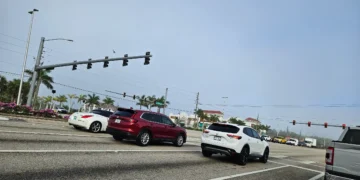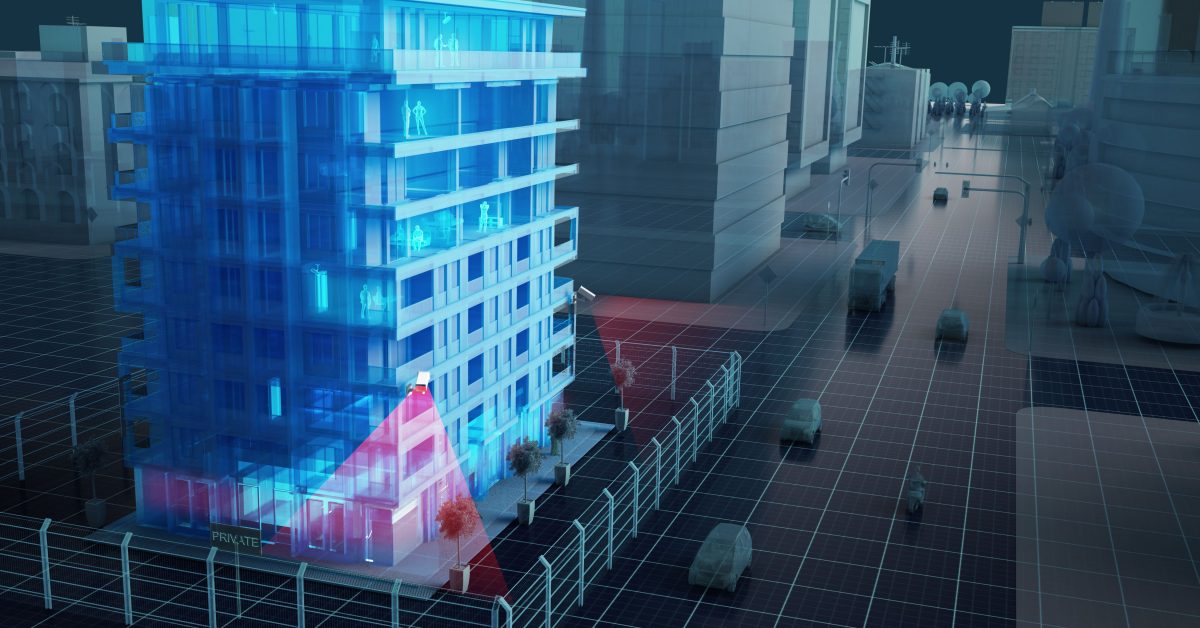Kaye Castro wasn’t familiar with the concept called “crime prevention through environmental design” (CPTED). But she and other leaders at the Ave Maria School of Law had realized that its Naples campus was more open than it should be for the safety of students and staff.
“We decided with all the craziness going on all over the place that it was time for us to restrict access to our buildings, so that people coming off the street couldn’t just walk right in,” says Castro, the associate dean for finance, facilities and student administration at the law school. “And that was challenging, because the buildings weren’t designed in a way that they had single points of entry.”

PLANNING AHEAD: Tyler Patak of Parker/Mudgett/ Smith Architects helps clients include safety into the design.
That’s where Tyler Patak of Fort Myers–based Parker/Mudgett/Smith Architects came into the picture. He holds the CPTED Professional Designation and has had a many-
years-long interest in the practice of incorporating safety features into the design of buildings, parks, communities and other sites.
“The goal is to eliminate the opportunity for antisocial behavior and crime,” says Patak. “And we can do that in lots of different ways so that the legitimate user feels comfortable and confident and the illegitimate user, or ‘the bad guy,’ does not feel as though they have the opportunity for that antisocial behavior they’re contemplating.”
At Ave Maria School of Law, taking a CPTED approach at the campus included simple fixes like locking doors and reinforcing the use of access card readers and call boxes for entry. It also required some bigger projects, like building a lobby area for the administration building to create a secure single point of entry. An open area near the front door was enclosed to create a lobby, where a receptionist sits behind glass and controls visitor access to the building.
“It is just one more step of an overall security consciousnesses we all have to have now,” says Castro. “We have to make it more difficult for someone to just come in and do something. There’s bad stuff in the news all the time, and people just accept this as a new way of life.”
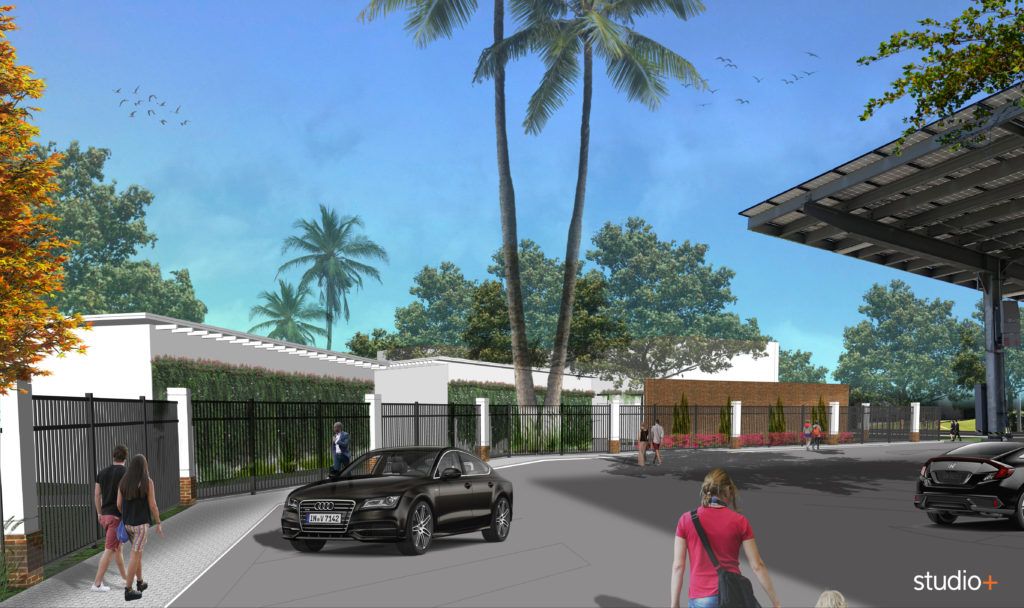
SAFETY MEASURES: Sturdy fencing, as shown above, serve as strong physical barriers. [IMAGE: Courtesy of Studio+]
Controlling the Situation
Crime prevention through environmental design has been around since at least the 1960s. Architect Oscar Newman is credited with coining the concept of “defensible space,” and criminologist C. Ray Jeffery took that further to create the term CPTED. They were both said to have been inspired by the previous work of housing, urban development and city planning experts like Elizabeth Wood, Jane Jacobs, and Shlomo Angel.
“What we do in our process is identify the assets you’re trying to protect—which can be people but can also be your records and equipment—and then create layers of protection around them,” says Patak.
Major design elements of CPTED include natural access control, target hardening, natural surveillance, territorial reinforcement and maintenance. Much of the work done at Ave Maria School of Law was related to access control. In addition to locks and limited points of entry, signage, walkways, fencing, and landscaping can all play a part in controlling how visitors access a site.
Local public schools have also done a lot of work in the area of access control, following the high-profile school shootings of recent years. “All of our schools are now single point of entry,” says Rob Spicker, assistant director of media relations and public information for the School District of Lee County. “Anyone coming to the school will find only one way to enter the parking lot. Once they get to the main office door, they activate a video access system that requires them to state who they are and why they are there and show an ID to be buzzed inside.”
“Access control is one of the easiest things to accomplish,” says Patak. “And the fewer access points you have, the easier it is to control.”
Target hardening is closely related to access control. It includes things that might not be visible to the average person, like choosing doors and windows that can stand up better to an attack, plus other elements everyone encounters when they go to the airport or run errands.
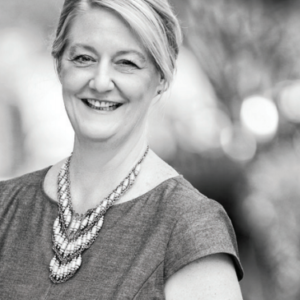
SECURITY CONSULTANT: Stephanie McPherson is a CPTED-certified construction administrator/ architect at Studio+.
“Those big red balls outside of Target? Those are so a car can’t drive up into the building,” says Stephanie McPherson, a CPTED-certified construction administrator/architect at Studio+ in Fort Myers. These kinds of physical barriers and walls were added in many places after the Oklahoma City bombing and 9/11 to protect government buildings and other sites.
Patak calls access control and target hardening the “low hanging fruit.” “Those are both really good things, but those are the easy things,” he says. “The problem is with the false sense of security that comes in once you do those things.”
He thinks natural surveillance is one the most important elements to consider. Good visibility can be accomplished through lighting and landscaping choices as well as things like window placement.
“If you have courtyards in your complex, for example, if there are lots of windows looking out onto them, that would be a natural surveillance tool,” says Patak. “If you’re inside looking out at a courtyard, you can see if there’s any trouble brewing out there. And if a bad guy is thinking of starting trouble in that courtyard, if they see 48 windows, they don’t know who’s looking out and who isn’t. But there’s a chance someone is and they’re going to decide not to do anything.”
Territorial reinforcement relates to making it clear what an area’s purpose is and delineating the separation between public and private spaces. That includes things like fencing and the use of visible, consistent markers like plantings or walkways.
Maintenance stems from the “broken windows theory,” where visible signs of crime and neglect encourage more behavior of that kind. A building or site that’s well taken care of is safer, and the easier it is to maintain the better. “We can facilitate good maintenance, for instance, by selecting appropriate plants to plant outside of windows so that your natural surveillance sightlines aren’t obstructed a year and a half later,” says Patak.
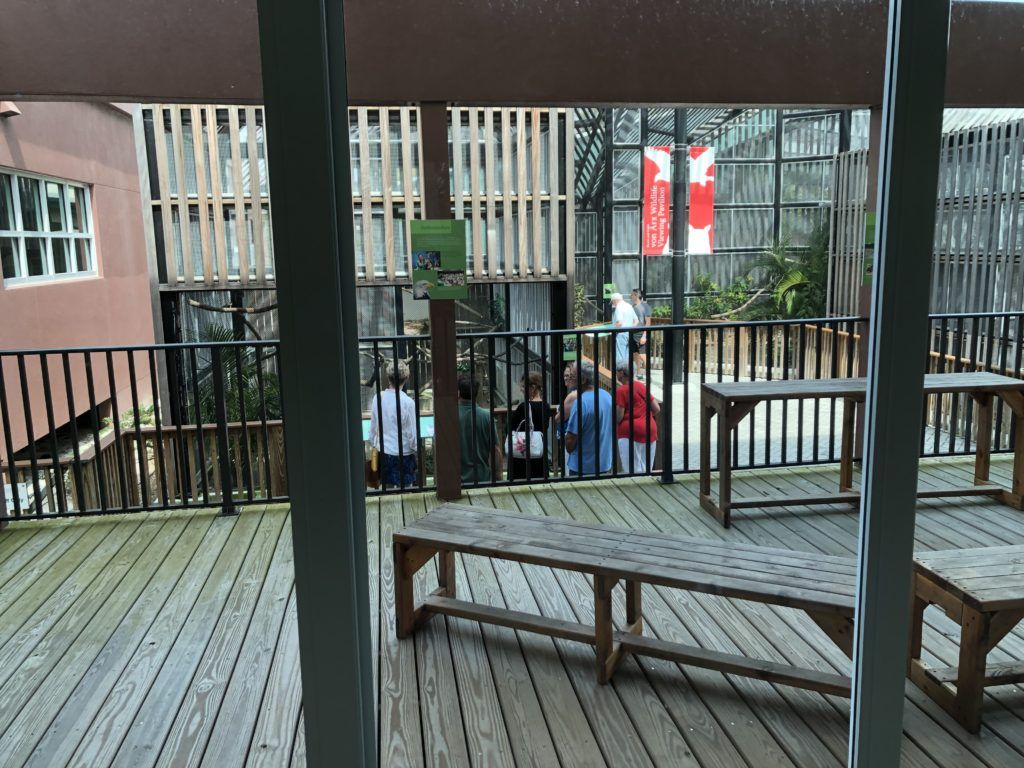
HIGHLY VISIBLE: Fencing and other territorial enforcement delineates the separations between public and private spaces.
Building Safety in from the Beginning
If you’re thinking that accomplishing all of these CPTED principles means your site has to look like a fortress, think again.
“The fear is that including security will make the building be like a jail,” says Randy Atlas, an architect-criminologist who’s a CPTED expert and an adjunct faculty member at Florida Atlantic University’s School of Architecture. “But designing CPTED features can add market value to the property and just makes for better choices for the things that go normally into any building, like windows and doors, lighting, signage, and street placement.”
Amavida, a new senior living community in Fort Myers, is an example of how safety and style can work hand in hand. The entire community features sleek modern architecture and a contemporary coastal design. And because safety features were incorporated into the site from the design phase, they don’t distract from the community’s stylish look.
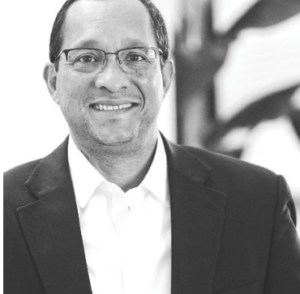
BEHIND THE SCENES: Colin Marshall, president of Quadrum Senior Living Management, says safety and style can work hand in hand.
“They’re not intrusive,” says Colin Marshall, president of Quadrum Senior Living Management, the developer of Amavida. “It’s all passive and behind the scenes, so much so that residents go about their daily life almost oblivious to it because of the way we’ve incorporated the technology and security features into the community.”
Those features include technology for accessing spots around the community, gates and call stations, staffed entry points and more than 120 cameras located throughout the property. Another high-tech approach involves geofencing, which is a virtual fence or boundary created around a site using GPS or RFID (radio frequency identification) technology. In the case of Amavida, the senior residents have fobs/wearable devices that they have to use to access certain parts of the community but that also help track where they are and keep them safe. Amavida has independent living units as well as assisted-living and memory-care residences, so this would be especially important for those latter residents.
Amavida also has its own public safety department that does community patrols.
These measures both ensure that residents are where they should be (the community includes assisted-living and memory-care residences) and control outside access to the site.
“We’re living in tenuous times, and we’re dealing with a fragile population that is quite often targeted because of that,” says Marshall. “When a son or daughter makes the decision to put a loved one here, what they’re saying is I trust you. And that trust goes beyond just caring for them; we want to make sure they’re secure.”
The best approach is one like Amavida’s that takes CPTED into account before anything is actually built. Marshall estimates the security components of the site amounted to a $10-million investment. “But if you try to add those types of features after the fact, you’d be looking at least a 30% to 40% premium in overall cost,” he says.
“You really need to bring in a security consultant or a CPTED practitioner early,” says McPherson. “The building is going to function much better [if you do] rather than trying to add things later.”
Thinking about security and crime prevention on the front end means you’ll incorporate space for necessary elements like metal detectors or a secure room for computer systems into the design for a building. You can lay out hallways the right way to maximize natural surveillance and make choices like enclosing the area underneath a stairway. “If you don’t enclose the area underneath a stairway on the ground floor, that’s a good place for someone to hide,” says Patak. “By enclosing that area you’ve eliminated that ambush point.”
A new building designed with CPTED in mind doesn’t have to cost a lot more than one without such security features. “If you can think about it during the design it’s much more economical,” says Patak. “At key points during the design we review for those types of things and move walls around or add doors or windows to make it happen.” Where costs can rise is by making choices to further “harden” a site, like opting for concrete block over studs and drywall or bulletproof glass instead of tempered glass.
Marshall says he would not only replicate what was done at Amavida in future projects, but that the company would work to take things even further. “For me, its counterintuitive to go build another one of these and not try to do it better than you did the first one,” he says. “Version 2.0 would have just as much if not more of the features we talked about.”
For businesses in the process of designing a new building or undertaking a major renovation of an existing space, Patak recommends bringing a CPTED-certified professional into the process. Organizations like the National Institute of Crime Prevention offer this certification for design professionals like McPherson and Patak as well as members of law enforcement agencies, who can conduct security assessments for businesses, organizations, and homeowners.
The Lee County Sheriff’s Office, for example, offers free CPTED surveys. (You can request one by calling (239) 258-3280 or emailing CRU@sheriffleefl.org.) The survey includes a walk-around of the site and a written report with recommendations of security improvements that could be made.
SunSteam Hotels & Resorts had the sheriff’s offices in both Lee and Collier Counties assess their local resort properties to see what they could do better. “They basically came on property and pretended like they were a criminal, and they knew exactly what to look for,” says Erica Concepcion, human resources talent specialist for SunStream. “If your property is screaming out to a criminal that it’s their dream place to do some damage and you’re not realizing it, [a survey] could really prevent a lot of things. You’re preparing yourself and taking proactive action, instead of having to take reactive action.”
The company learned where it could improve lighting or landscaping for better natural surveillance and where it might be smart to add security cameras. It also got recommendations for handling emergencies and situations like sex trafficking and domestic violence that staff could encounter at the resorts.
“When it comes to emergency response procedures, we had a lot of room to grow,” says Concepcion. “Like finding safe spots within the properties where we could go and hide if there was an active shooter, or just finalizing and organizing our safety procedures themselves.”
Atlas thinks more businesses, government entities, and organizations need to follow SunStream’s lead and take a proactive approach to security. “Unless a municipality requires CPTED or security features, the sounds of silence are deafening,” he says. “The business community needs to be aware of designing security and CPTED features into their businesses. It reduces the opportunity for loss and reduces risk from people and property being hurt or from negligent security lawsuits. And when it is overlooked, there are consequences.”
Taking these kinds of steps can not only keep your company safer but also make your entire community more secure. “It’s something that everyone needs to do these days; unfortunately, it’s the world we live in,” says Patak. “Anything we can do to make our homes and neighborhoods and businesses safer by reducing if not eliminating these opportunities [for crime], we’re all in better shape.”

